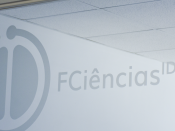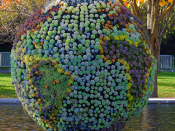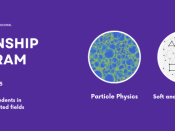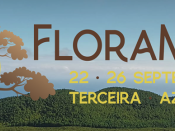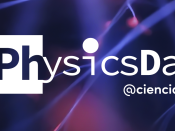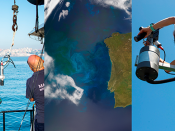Por Isabel Fernandes (IDL - Instituto Dom Luiz).
Abstract: Modern-day concrete is the most widely applied building material, with global production exceeding 9.5 billion cubic metres, or about 22 billion tonnes. The manufacture of concrete includes the binder (cement), aggregates (mainly rocks and natural sand, forming about three-quarter of the volume of concrete), water and possible additives. Although very versatile and durable, in the early 1900s, it was recognized that concrete can deteriorate and in consequence, compromise the durability and good functioning of the structures. From the many different damage mechanisms that can originate the deterioration of concrete, alkali–silica reaction (ASR) is the one that involves the contribution of some minerals present in the aggregate particles, due to the dissolution of silica in the alkaline solution of concrete at pH of about 12-13. The most evident manifestations of deleterious ASR in a concrete structure comprise concrete cracking, displacement of structural members, pop-outs and the presence of gel in fractures, or associated with aggregate particles within the concrete. The most vulnerable parts of a concrete structure are those exposed to a warm and humid environment. Field experience indicates that concrete exposed to repeated drying and wetting cycles is more likely to develop expansion because of ASR than concrete stored with uniform moisture content. In Portugal, some dozens of structures have been identified with ASR but just one has already been demolished and replaced by a new one. In this presentation, some aspects of the ASR are going to be discussed. The occurrence of delayed ettringite formation will also be presented as it is very often associated with ASR.


